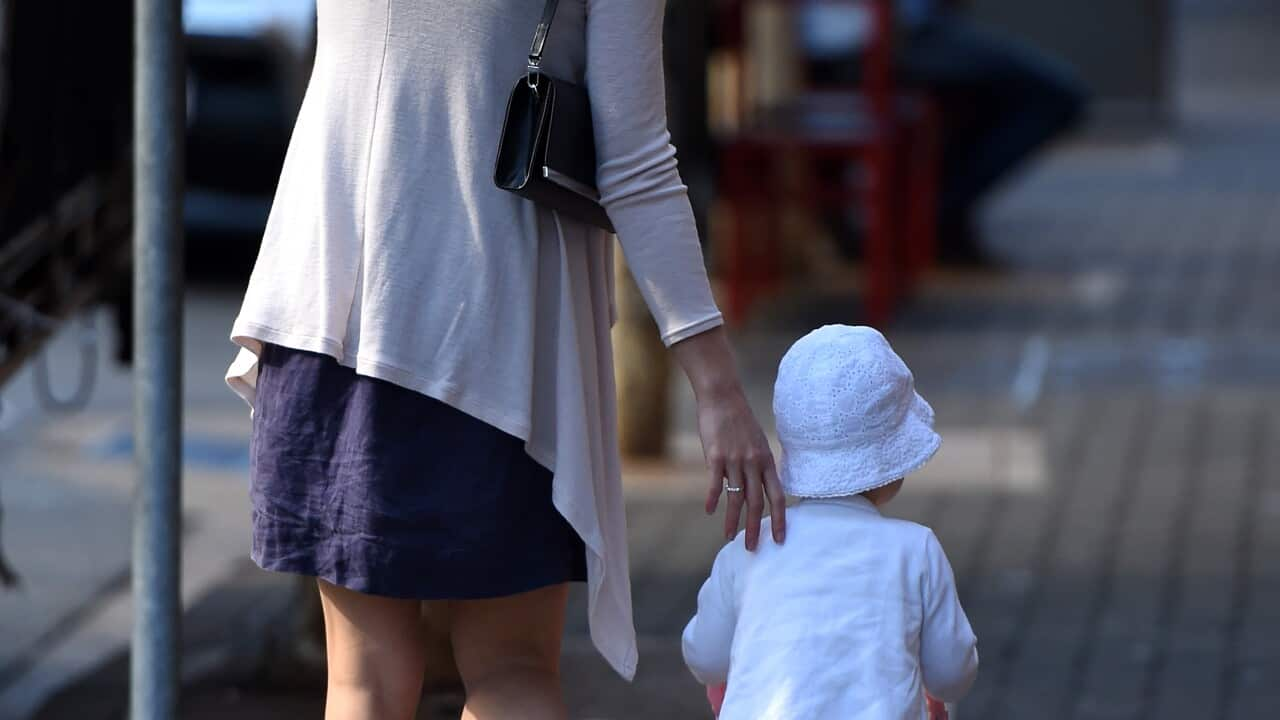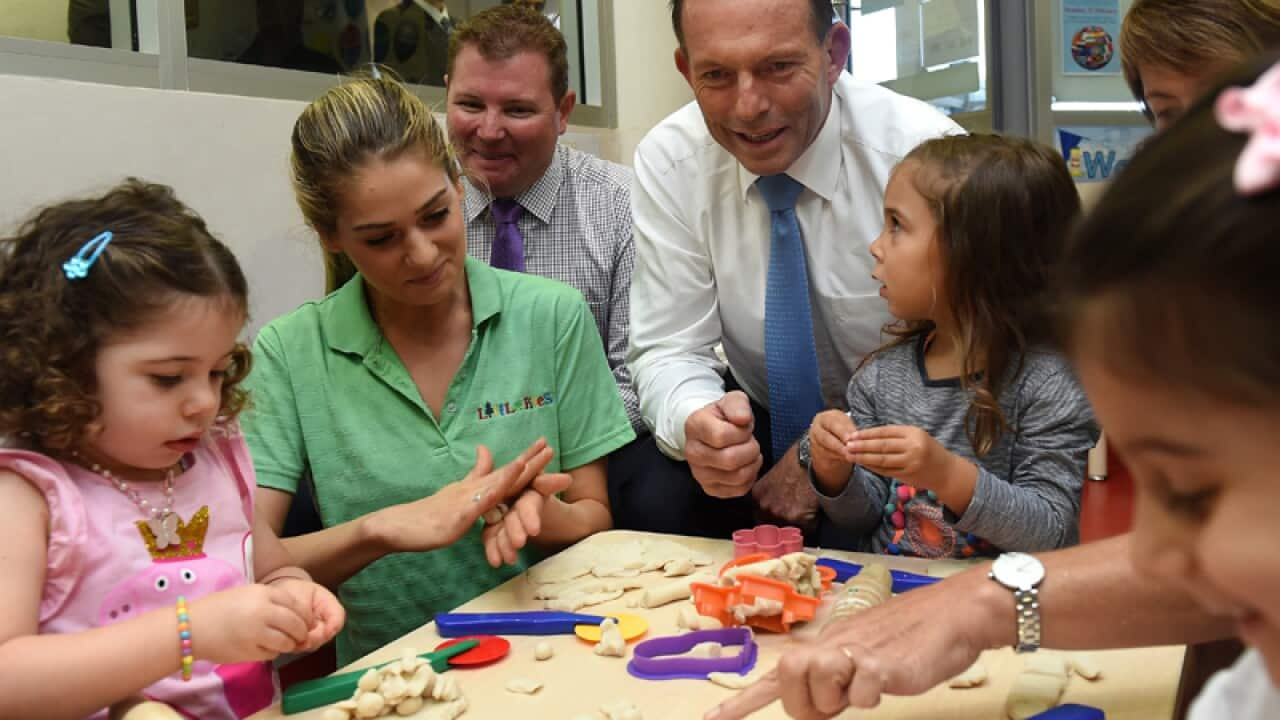Treasurer Joe Hockey said the government would spend $38 billion on helping families handle the “difficult balancing act” parents face.
“Australian parents work hard to juggle the demands of modern life,” he said.
“We want to give parents a choice to work. Our reforms will make the system simpler.”
Recommended Reading

Fears for families under proposed childcare changes
Chief among the reforms is a $4.4 billion families package, primarily focussing on a $3.5 billion reform of childcare.
Families with an income between $65,000 and $170,000 will be about $30 a week better off under the new means test for the single payment, due to replace Child Care Benefit and Child Care Rebate from July 2017.
Families earning around $65,000 or less will receive a subsidy of 85 per cent of their childcare fees, up to an hourly fee cap.
In 2017-18, the caps will be set at:
- $11.55 for long day care
- $10.70 for family day care
- $10.10 for outside school hours care
The altered activity program will require parents to work, train, study or volunteer for eight to 16 hours a fortnight in order to access subsidies for up to 36 hours of childcare.
If parents undertake 17 to 48 hours of said activity, they will be eligible for up to 72 hours of subsidised childcare, while parents who work for more than 49 hours will access up to 100 hours of subsidy entitlements.
Budget documents outlined:
- $409 million for a new Inclusion Support Program, to assist families with children with additional needs to access childcare from July 2016
- $304 million to increase access to chlidcare in disadvantaged communities
- $246 million to trial the funding of 4000 nannies for approximately 10,000 children
- $156 million in extra assistance for “at risk” children, whose families may be experiencing temporary financial hardship or transitioning to income support
- $843 million across 2016 and 2017 calendar years for preschool programmes nationwide
The government is also pushing ahead with previous budget plans to tighten the eligibility for the Family Tax Benefit Part B, as well as closing the nearly $1 billion loophole allowing new parents to claim paid parental leave payments from both the federal government and their employer.
More funding to reduce domestic violence
Women took a hit in the Abbott Government’s 2014-15 budget, the first federal budget unveiled without a women’s budget impact statement since 1984.
The government stripped away $1.6 million in funding for women’s leadership and $25.5 million was also slashed from legal aid, including frontline services targeting domestic violence services.
The funding cuts to legal services were later reversed by Attorney-General George Brandis in March, three months before they were due to come into effect.
Budget documents outlined almost $17 million in additional funding to raise awareness around domestic violence.
A total of $16.7 million has been allocated over three years towards a national awareness campaign “focussed on reducing violence against women and their children”.
The campaign, agreed upon by the Council of Australian Governments in April, is set to cost a total of $30 million.
Women will also be impacted by funding for a new cervical cancer test, covered as part of more than $600 million worth of new cancer measures.
Share

